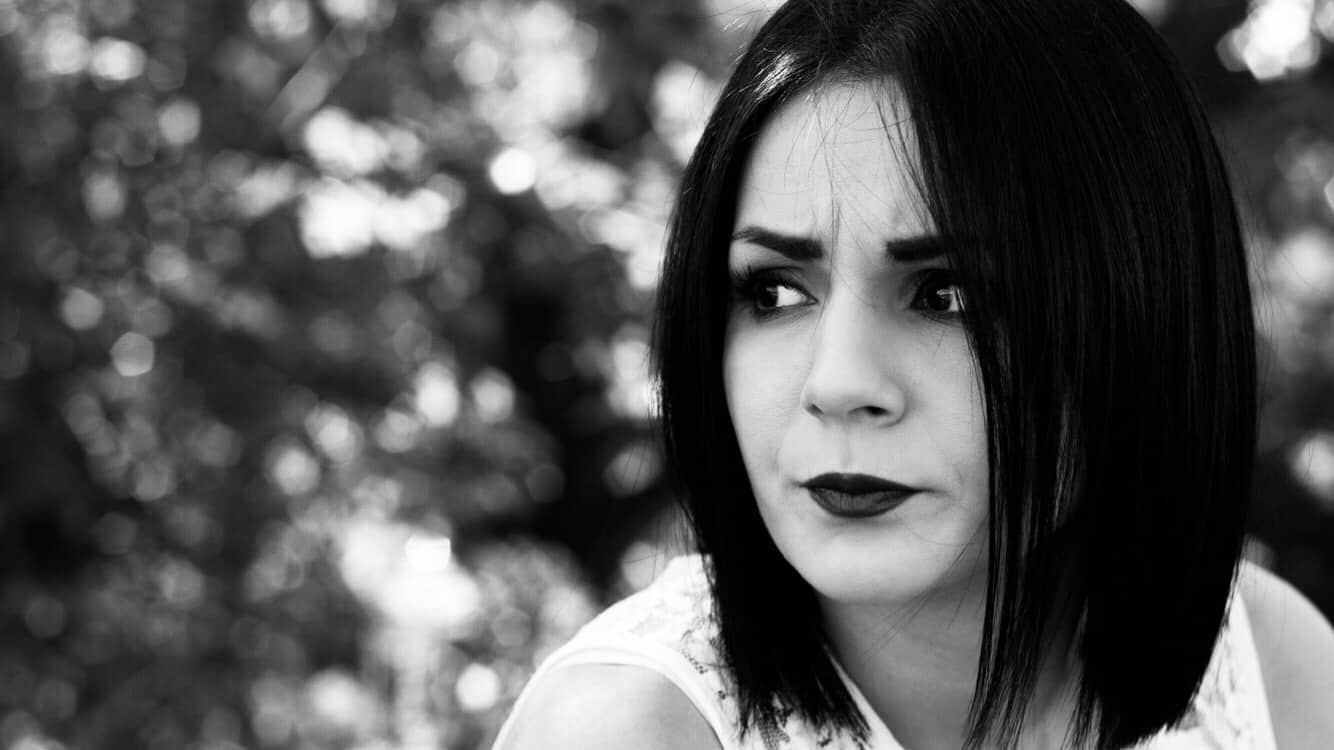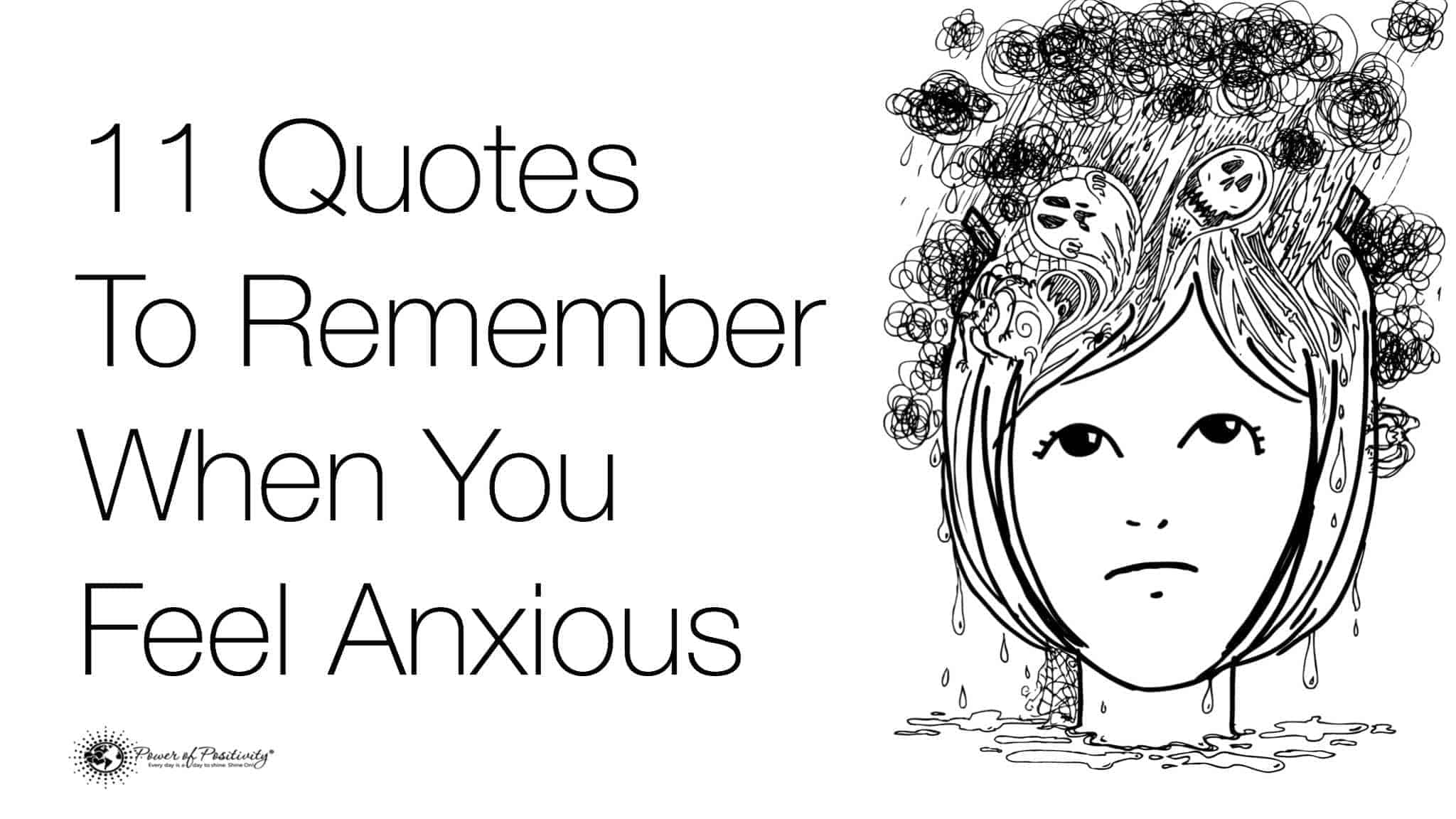What is Social Anxiety Disorder?
A social anxiety disorder (SAD) is also referred to as a social phobia (SP). This constitutes an individual’s deep-seated and sometimes irrational concern of having their actions or other aspects of themselves judged by people while they are in a social situation.
This is different than general anxiety (GAD) because it is specifically triggered by fear based on social scenarios as opposed to GAD which is anxiety that has a broader scope of reasons for existing. SAD also differs from a common panic attack that can come about through any number of factors. Although many SAD sufferers have these, they only come about when a person is enveloped in a social environment that is overwhelming to them and they feel they cannot control.
Social Anxiety Disorder Symptoms
According to Peter Lang, a social anxiety expert at the University of Florida, social anxiety disorder symptoms can be produced during certain social situations that are common triggers for social anxiety such as the following types:
• Public Speaking/Presentations
• Parties
• Dating
• Reading out loud in a classroom or office meeting
• Debating or stating an opinion
• Eating in a restaurant
• Being the center of attention at a special event
• Speaking to a supervisor
• Meeting someone new
All of these situations can result in the following signs of social anxiety:
• Blushing
• An inordinate amount of underarm or forehead sweating
• Stuttering
• Intermittent or no eye contact
• Dizziness
• High blood pressure
• Blackouts
Psychologically, SAD sufferers tend to feel that they are being purposely left out of social conversations and other social situations. This leads to low self-esteem, feelings of shame, depression, and a cycle of self-criticism.
Causes
Some research has shown that the onset of SAD tends to be childhood trauma that occurred in connection with a social situation. This would include bullying, physical assault, sexual abuse, and emotional abuse.
There is also a possibility that social phobia can develop as a result of a traumatic brain injury (TBI). In one study, a teenager who had been the victim of an accident began to exhibit the symptoms of SAD less than a year after the incident.
Some research has shown that there can be gender-specific symptoms that cause SAD to occur. One such study showed that women of all ages are more prone to exhibit symptoms of social phobia then males based on the differences in social treatment that occurs based on gender.
Diagnosis
In order for a proper diagnosis of SAD, individuals should consult with a medical professional who can rule out any physical reasons for the disorder first, and then can properly administer one of the following tests to determine if social phobia exists and can be treated:
• Liebowitz Social Anxiety Scale- Self-Report (LSAS)
• Social Phobia Inventory (SPIN)
• Social Anxiety Institute SAD test
• Social Anxiety and Acceptance Questionnaire
Social Anxiety Disorder Treatment
CBT Therapy
Cognitive behavioral therapy (CBT) consists of training for the individual who suffers from social phobia in specific social skills and understanding what triggers their social phobia in these specific social situations and how to deter it from happening.
MBSR Therapy
Mindfulness-based stress reduction (MBSR) teaches a social phobia sufferer how to be more aware of the social situations that trigger their social phobia and then how to use specific techniques to accept the environment in a more cognitively logical manner. The effectiveness of such programs for SAD is simply giving them the cognitive tools they lacked to combat unrealistic fears and paranoia about groups of people or specific social interaction.
VRET Therapy
One of the biggest fears of people who suffer from social phobia is that they will be thrown into social situations without a lifeline. The virtual reality exposure therapy (VRET) solves this problem as it gives a social phobia sufferer the opportunity to “practice” their social skills training in an environment that mimics a real social situation almost exactly and allows them to make mistakes without consequences.
Hope for the Future
There is hope for those suffering from social phobia if they follow some important steps that will lead to a proper diagnosis of SAD. This means being mindful of chronic and debilitating symptoms of social phobia that are keeping you from doing the things you want in life.
Once you have established that you may have an issue with SAD and have a medical diagnosis, speak frankly with a doctor about what type of social anxiety disorder treatment is best for you as well as what programs are available within your local area to eliminate additional stress. This includes getting involved in SAD support groups and connecting with volunteers who will help to guide you through social situations as you practice your techniques for successful social interaction for a lifetime.




















